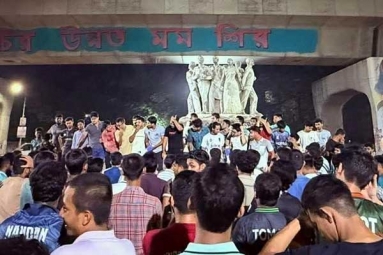
(Image source from: Indiatoday.in)
In one of the most tragic airline incidents in India, Air India Flight 171, which was en route to London, met with disaster on June 12, resulting in the loss of 241 lives aboard. Additional casualties occurred in a nearby doctors’ hostel when the Boeing 787-8 Dreamliner went down close to Ahmedabad airport. In response, Air India has pledged to provide compensation of Rs 1 crore to each family of the deceased. Furthermore, it is anticipated that insurance claims from this crash could reach as high as Rs 1,000 crore. Experts point out that airline liabilities related to fatalities or injuries are subject to international agreements like the Montreal Convention of 1999, which India has ratified. According to these experts, under this Convention, airlines must compensate:
Up to 128,821 Special Drawing Rights (SDRs), which is approximately $1.33 for each SDR, per passenger for cases of death or injury, regardless of negligence. Additional compensation may be granted if it can be demonstrated that the airline was at fault.
While the airline may provide initial compensation, the final settlement for the affected passengers will be determined in accordance with the 1999 Montreal Convention, to which India acceded in 2009, as stated by Amit Agarwal, managing director and CEO of Howden (India). "Compensation calculations are based on Special Drawing Rights (SDRs), which were at 128,821 SDRs (roughly $1.33 per SDR) as of October 2024. The final amount will depend on the coverage held by Air India," Agarwal noted.
On Thursday, June 12, an Air India aircraft, carrying 242 individuals including passengers and crew, crashed shortly after taking off from Ahmedabad International Airport. Among those on board, 169 were Indian citizens, 53 were from the UK, 1 was Canadian, and 7 were Portuguese.
Air India has its entire fleet covered under a global aviation insurance policy worth $20 billion. This insurance comprises two segments: one for damage to the aircraft itself, referred to as "hull insurance," and the other for legal claims and passenger-related issues, known as "liability insurance." Regarding damage to the aircraft, Agarwal explained that it will be protected under the aviation hull all-risk provision, which insures the current market value of the aircraft including spare parts and equipment. In the case of a Dreamliner, this value could range from $211 million to $280 million, influenced by factors such as its configuration and age.
The aircraft at the center of the incident, identified as VT-ABN, dates back to 2013 and, according to the information at hand, was insured for roughly $115 million in the year 2021. Irrespective of whether the damage is characterized as partial or total, any losses would be compensated based on the valuation reported by the airline, as stated by the individual. Narendra Bharindwal, the president of the Insurance Brokers Association of India (IBAI), informed PTI that the insurance programs for significant carriers like Air India are organized on a fleet basis, with reinsurance spread across global markets including London and New York. “No one insurer assumes the entire risk; instead, it is distributed among several international reinsurers, with individual shares often ranging from 1.5 percent to 2 percent, while the primary reinsurer typically retains about 10 to 15 percent. The financial repercussions of these events are collectively borne within this global framework,” Bharindwal remarked.
At this juncture, it is premature to determine the total liability, which encompasses both passengers and third parties, resulting from this crash. Although the damage to the aircraft will be accounted for within the insurance range of $211 million to $280 million, the primary expenses will arise from the liability insurance. Moreover, experts indicated that the actual compensation received by passengers will rely on various factors. Usually, the claimant—whether it be the family of the deceased or the injured parties—must establish the degree of actual harm endured. Considerations such as the age of the deceased, their educational level, employment status, most recent earnings, marital status, overall economic situation, number of dependents, and the level of dependence, are typically evaluated to gauge the damages.
The total claim could potentially reach up to Rs 1,000 crore and is expected to have significant implications for the aviation insurance sector. This incident is deemed one of the most catastrophic and financially burdensome airline disasters in the history of Indian aviation.









